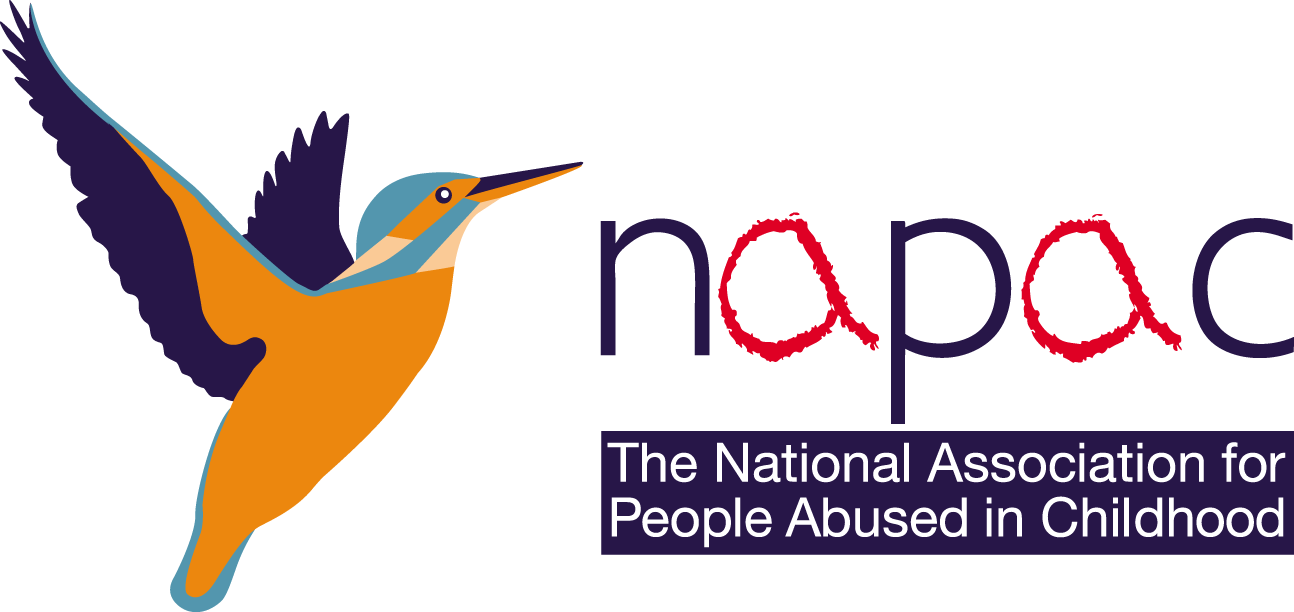
Whilst underfunding and overwhelming demand are frequently touted as the two biggest dangers to the welfare of the NHS, there is a third, more covert threat spreading rapidly through the corridors and breakrooms of hospitals and clinics across the UK.
According to a study from Roehampton University, during the first wave of COVID 19, mental health problems in NHS staff quadrupled, and a similar review from King’s College London found that staff working in critical care during the pandemic were reporting potential PTSD issues at twice the rate found in military veterans who were recently in combat.
An already emotionally and physically exhausted workforce is being hit hard by the effects of cumulative vicarious trauma, and if left untreated it could bring the NHS to a standstill.

Vicarious trauma can come about because of repeated engagement with trauma survivors, and at no time since the Second World War has there been such regular exposure to trauma survivors for such a large proportion of frontline staff as over the past two years.
According to data from the British Medical Association, almost half of NHS staff have encountered mental health issues over the course of the pandemic, with sick days taken due to anxiety, depression, and PTSD costing taxpayers an estimated £591 million. It isn’t too much of a leap then, to suggest that there are thousands of frontline workers living with the effects of vicarious trauma.
So, what can be done to address a problem that is endemic amongst NHS staff? As with many health conditions, the answers are in education and prevention.

Firstly, it’s important to differentiate between trauma and burnout. Burnout is characterised by physical and mental exhaustion and excess negativity towards one’s work. With vicarious trauma however, there is a third, more insidious element, as it will often cause the subject to question their view of themselves and the world. Although the effects of burnout may in some instances be mitigated by a break away from the traumatic situation, in cases of vicarious trauma it takes peer support, self-observation, reflection and therapy for their worldview to recover.
Secondly, as with most mental or physical conditions, vicarious trauma is easier to manage when we learn to spot the early warning signs. Some of the typical indicators of vicarious trauma are; an overly emotional relationship with the patient in which the carer is overstepping the normal patient/carer boundaries, a loss of hope or cynicism that also pervades someone’s personal life, and strong, repetitive feelings of anger or sadness about the patient’s situation.
Thirdly, a personal resilience plan is key to safeguarding from the effects of working with traumatised patients.
Despite knowing the importance of self-care, those in the caring professions often tend to see it as an afterthought as work pressure continues to build, and this can leave them vulnerable to the effects of vicarious trauma. Self-care requires planning and ongoing attention but doesn’t have to be time consuming.

Building small pockets of meaningful activity, social connection and relaxation into daily life adds to a ‘bank of personal resilience’, which can be drawn from in times of additional need. Eating well, drinking plenty of water and getting restful sleep also help with the physical aspects of self-care. It is about starting with small, achievable goals, and working upwards from there.
If you’re interested in further learning on vicarious trauma and how to mitigate its effects, charity, NAPAC runs a regular, guided workshop that is ideal for practitioners who deal with trauma on a regular basis.
